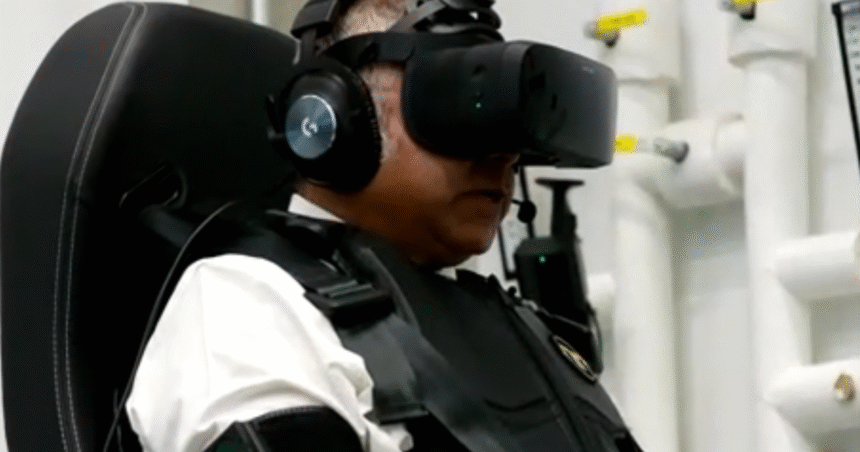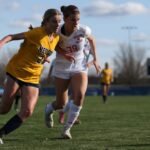The Federal Aviation Administration says pilot disorientation causes 5% to 10% of all general aviation accidents, and there could be new technology to help make flying safer.
“Spatial disorientation is a big deal in aviation and it’s basically where the pilot cannot determine which way is up or down or whether the airplane is banking to the left or to the right,” former NTSB chairman Robert Sumwalt, who is a CBS News transportation safety expert and analyst, explained.
Now, a team at the University of Maryland is working on a flight suit that could help pilots avoid disorientation by using vibrations.
“It happens when you fly into clouds or bad weather, but especially for helicopters, you can fly at zero speed. Just going up and down, it’s easy to get disoriented,” said Anubhav Datta.
A helicopter pilot and University of Maryland professor, Datta is focused on helicopter design and dynamics. He’s helping to test potential life-saving technology being developed at the University of Maryland that could one day be part of a flight suit or built into a pilot’s seat.
It would be similar to lane departure technology in some cars, using haptic vibration to tell a pilot how to respond if they are showing signs of disorientation.
“The pilots typically fly through two primary sensor cues, which are vision and equilibrium,” said professor Umberto Saetti, who is leading the research effort. “Basically, the suit provides another sensory cue to try and deconflict the conflicts that may arise from reading their instruments and whatever the pilot is feeling.”
The research team aims to eventually conduct actual flight tests using sensations they hope will help pilots feel their way towards safer skies.
Pilot disoriented incidents
The FAA says that 90% of the aviation accidents caused by pilot disorientation are fatal.
Investigators believe pilot disorientation was a factor in the 1999 small plane crash that killed John F. Kennedy Jr.
In February 2021, federal officials said the pilot of the helicopter crash that killed Kobe Bryant and eight others in 2020 was disoriented while flying through thick clouds. The NTSB also said pilot Ara Zobayan ignored his training and violated federal regulations during the flight.











